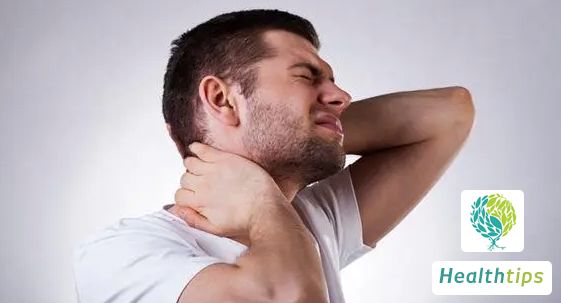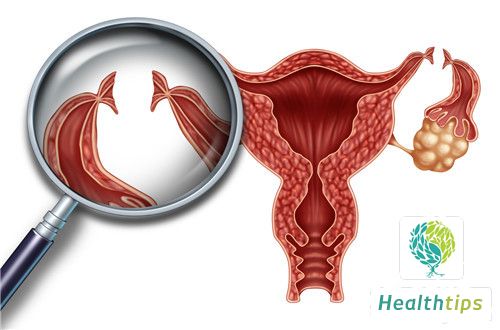What Should I Do About Pain in the Inner Knee When Bending?
Standing and walking for a long time may lead to knee joint damage. If there is pain in the inner knee when bending, it is necessary to consider whether it is caused by ligament strain. Additionally, as we age, the knee joint gradually degenerates, leading to pain. Generally, we need to reduce exercise or wear protective equipment, and daily application of hot water compresses can also reduce pain.

Meniscus injuries are common in many sports, especially contact sports, and they are also common in daily activities and work, often accompanied by other ligament injuries. When the lower leg rotates externally relative to the femur, it is easy to damage the medial meniscus; when it rotates internally relative to the femur, it is easy to damage the lateral meniscus. Meniscus injuries can also occur when the knee joint is overflexed, overextended, or when the femur and tibia collide directly.
The medial collateral ligament is divided into superficial and deep layers with no significant gap between them. The superficial layer originates near the adductor tubercle and terminates on the medial side of the upper tibia; the deep layer originates from the medial epicondyle and terminates on the medial side and articular margin of the upper tibia, forming part of the articular capsule and connecting with the medial meniscus. Medial collateral ligament injuries result from external force acting from the lateral side, external rotation of the lower leg, or internal rotation of the thigh.
Lateral collateral ligament injuries are relatively rare and mainly occur when the knee joint is injured due to external force acting on the medial side of the joint or other reasons, often accompanied by injuries to the articular capsule, peroneal muscles, biceps femoris, popliteal muscles, and even common peroneal nerve injuries.
The anterior cruciate ligament originates from the anteromedial area of the non-articular surface of the upper tibia and the anterior horn of the medial meniscus, and terminates on the posterior inner aspect of the lateral femoral condyle. It can be divided into posterior lateral and anterior medial bundles. Anterior cruciate ligament injuries are common and often occur as part of combined injuries or as isolated injuries.
The posterior cruciate ligament attaches to the posterior articular surface of the tibia and extends to the posterior lateral side of the upper tibia. It runs posterior and medial to the anterior cruciate ligament and terminates on the posterior outer aspect of the medial femoral condyle. The posterior cruciate ligament is relatively tough, so injuries are relatively rare and are often caused by large external forces, often accompanied by other injuries.



















